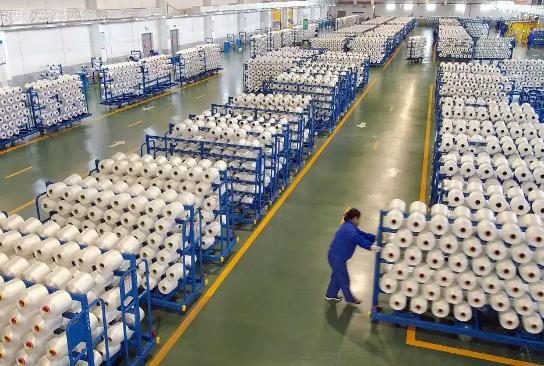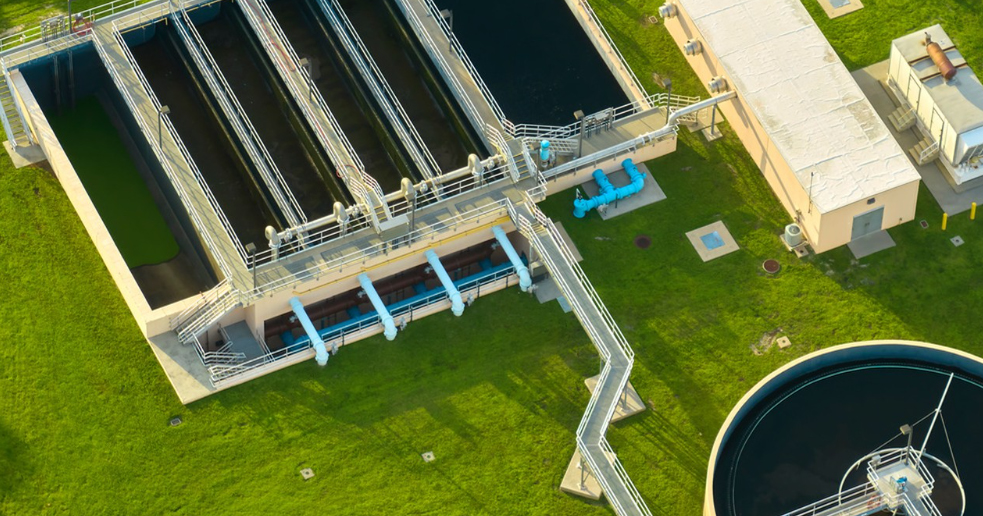During the production process of a toilet paper paper mill, the main sewage generated contains a large amount of emulsified oil and suspended solids. These mainly come from links such as washing, pulp making, and waste paper recycling in the papermaking process. The main characteristics of the sewage from a toilet paper paper mill are high concentration, high chromaticity, high alkalinity, and significant changes in pH value, etc. If these emulsified oil and suspended solids are not treated, they will seriously affect the water quality, lead to non-compliance with emission standards, and cause pollution to the environment. The demulsifier for wastewater from toilet paper production can effectively decompose these emulsified oil and suspended solids, enabling the wastewater to meet the discharge standards.
The demulsifier for wastewater from toilet paper production mainly achieves the purpose of demulsification by changing the surface tension of the emulsified oil and colloids in the wastewater, making them lose their stability. At the same time, the demulsifier can also react chemically with other pollutants in the wastewater, decomposing them into harmless or less harmful substances, thereby achieving the purpose of purifying the water quality.
When using the demulsifier for wastewater from toilet paper production, the general usage methods are as follows. The first is the direct addition method, where the demulsifier is directly added into the water body. The requirement is that the water body should be acidic during the addition, and there should be a stirring device in the water body. The second is the dilution addition method, where the demulsifier is diluted according to a certain proportion and then directly added into the water.

Regarding the dosage of the demulsifier for wastewater from toilet paper production, the ratio of the demulsifier to the wastewater is generally 0.2% - 2% (the specific situation can be determined according to the actual water quality). Although the addition amount is small, it has a high cost-performance ratio and can effectively reduce the treatment cost. When the concentration of the wastewater is high, it is advisable to use the demulsifier in combination with a flocculant (polyacrylamide) for treatment, and the pH value of the wastewater can also be appropriately adjusted to 8 - 9, which will achieve a better effect.
In conclusion, the demulsifier for wastewater from toilet paper production is an effective wastewater treatment method, which can help enterprises meet the national discharge standards, protect the environment, and improve the water quality.












